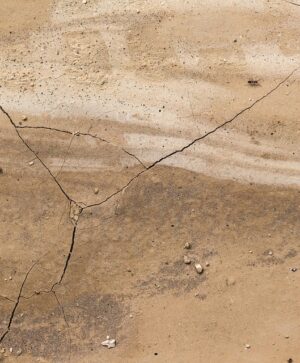Concrete cracks require a multifaceted approach for effective repair. Understanding root causes like settlement, freeze-thaw cycles, or structural loads is key. Visual inspections identify crack size, depth, and pattern, guiding tailored repair methods. Cleaning and preparation ensure strong bonds, preventing future issues. Crack types dictate specific repair techniques, from epoxy injections for minor cracks to complex reinforcement for severe cases. Choosing the right filler materials, like epoxy or urethane sealants, ensures long-term stability. Avoiding DIY mistakes and neglecting prep steps is crucial for lasting repairs. Proactive maintenance through regular inspections and preventative measures enhances concrete durability.
“Concrete cracks, often seen as mere aesthetics, can signal structural damage requiring prompt action. This comprehensive guide delves into the intricate world of Crack Repair, focusing on both aesthetic and structural concerns. We explore common causes and types of concrete cracks, emphasizing the importance of thorough assessment. From crack cleaning to choosing repair methods, we provide an overview of techniques and materials, highlighting best practices and common mistakes to avoid. Learn about long-term maintenance strategies to prevent future cracks, ensuring your concrete structures remain sturdy.”
Understanding Concrete Cracks: Causes and Types
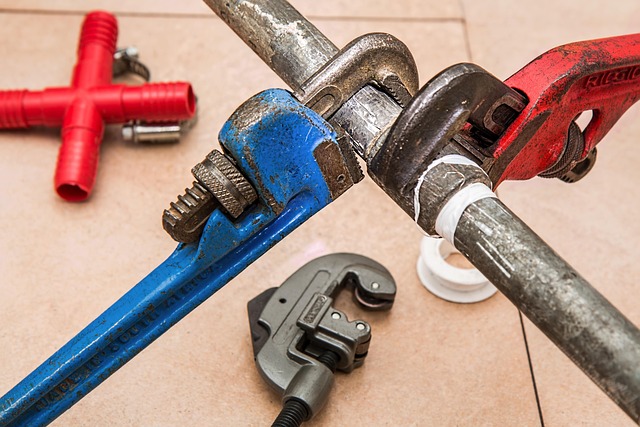
Concrete cracks can be both aesthetically displeasing and structurally concerning, prompting homeowners and property managers alike to consider effective crack repair methods. Understanding the causes and types of concrete cracks is an essential first step in addressing this issue.
Cracks may result from various factors, including settlement, freeze-thaw cycles, shrinkage, and excessive structural loads. Settlement cracks typically occur due to uneven soil compaction or weight distribution, leading to the concrete surface adjusting to the new ground level. Freeze-thaw cracks are caused by water ingress into the concrete, freezing and expanding, which weakens the structure over time. Shrinkage cracks usually appear during the initial curing phase as the concrete contracts due to moisture loss. Lastly, structural cracks can result from significant loads exerted on the concrete, such as heavy machinery or improper construction techniques. Each type of crack requires a tailored approach for effective crack repair.
Assess the Extent of Damage: Visual Inspection

Before diving into any crack repair method, a thorough visual inspection is crucial for accurately assessing the extent of damage. This initial step involves carefully examining the concrete structure to identify the size, depth, and pattern of cracks. Look for signs of ongoing movement or water seepage, as these can indicate more significant structural issues that may require advanced repair techniques.
During the visual inspection, pay close attention to corners, joints, and areas subject to stress, such as near doors or windows. Cracks in these locations could be indicative of fundamental design flaws or settlement issues. This assessment will help guide the selection of appropriate crack repair methods, ensuring that minor cracks are treated efficiently while addressing potential red flags for more complex repairs.
Crack Cleaning and Preparation: A Necessary Step
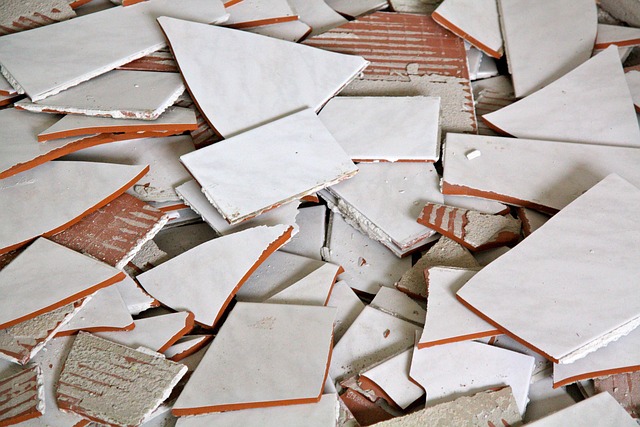
Crack cleaning and preparation are crucial steps in any crack repair process. Before filling or sealing a concrete crack, it’s essential to remove loose debris, dust, and any surface contaminants. This meticulous process ensures that the repair material will bond effectively with the existing concrete, providing long-lasting results. Starting with clean cracks improves the overall durability of the repair, preventing future issues from arising due to poor adhesion.
Proper preparation involves using specialized equipment like high-pressure washers or hand tools to thoroughly clean the crack’s depth and width. This step is vital because it opens up the crack, allowing repair compounds to penetrate better and create a more robust bond. By addressing the root cause of the crack and preparing it appropriately, concrete crack repair can be more effective and long-lasting, ensuring the structural integrity of the surface remains intact.
Choosing the Right Repair Method

Choosing the right crack repair method is a critical step in ensuring structural integrity and longevity. The first consideration is understanding the type and severity of the crack. Concrete cracks can vary greatly, from hairline fissures to wide, open gaps. Each requires a specific approach. For smaller, surface-level cracks, non-structural repairs like epoxy injections or hydraulic cement may suffice. These methods fill the crack from the outside in, preventing further spreading.
For larger, deeper cracks that penetrate the concrete’s reinforcement bars, more complex techniques are necessary. This might involve carbon fiber wraps for added strength and stability, or full-depth repair using advanced polyurethane foams that expand to fill and stabilize the crack from within. Evaluating the crack’s characteristics and consulting with a structural engineer can guide the selection of the most effective and lasting crack repair solution.
Structural Repair Techniques: An Overview

Structural Concrete Crack repair involves a range of techniques designed to address the underlying causes and prevent further damage. The choice of method depends on factors like crack width, depth, severity, and the structural integrity of the concrete. Small, shallow cracks can often be effectively fixed using non-structural repair methods such as epoxy injection or hydraulic cement grout. These materials fill the crack, restoring some structural capacity and preventing water penetration.
For larger cracks that extend deeper into the concrete, more substantial repairs are necessary. This might involve controlled demolition to remove weakened concrete around the crack, followed by replacement with new concrete or steel reinforcement. Techniques like carbon fiber wrapping can also be employed to enhance tensile strength at the crack tip, preventing further propagation. These advanced methods ensure long-lasting crack repair and preserve the structural integrity of concrete structures.
Materials for Crack Filling: What Works Best

When it comes to structural concrete crack repair, choosing the right materials for filling cracks is paramount. The ideal filler should have excellent bonding properties with concrete, be durable enough to withstand environmental factors, and offer long-term stability. Generally, a combination of epoxy injections and urethane-based sealants works best.
Epoxy injections provide exceptional strength and structural integrity, making them ideal for larger or deeper cracks. Urethane sealants, on the other hand, are highly flexible and resistant to chemical corrosion, UV rays, and extreme temperatures, ensuring long-lasting protection against future cracking. Using these materials in tandem offers a comprehensive solution for crack repair, promoting longevity and stability in concrete structures.
Common Mistakes to Avoid During Repair
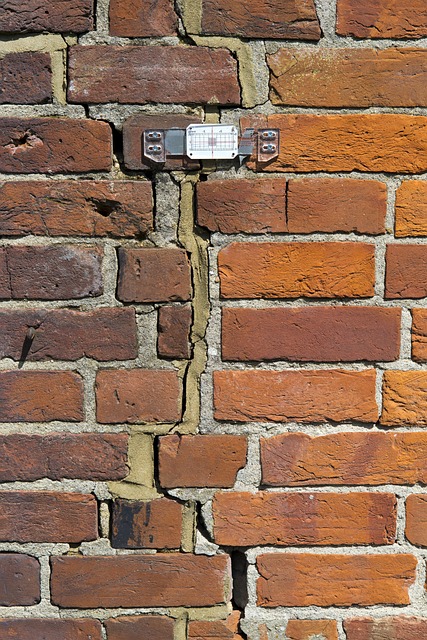
When it comes to structural concrete crack repair, there are several common mistakes that homeowners and professionals alike should be aware of to ensure long-lasting and effective results. One of the most frequent blunders is attempting DIY repairs without proper knowledge or equipment. Concrete cracks can be complex issues, and improper fixings can lead to further damage or even structural compromission. It’s crucial to seek professional assistance for significant or deep cracks, as untrained hands might miss crucial steps in preparation, cleaning, and filling, impacting the repair’s integrity.
Another mistake to avoid is neglecting proper preparation before crack repair. Concrete surfaces must be thoroughly cleaned and treated to ensure adhesion of the repair material. This often requires removing loose debris, etching the surface for better bonding, and sealing any existing cracks or holes. Skipping this step can result in weak repairs that are more susceptible to future damage and water infiltration, ultimately leading to further deterioration and costlier repairs down the line.
Long-Term Maintenance and Prevention Strategies
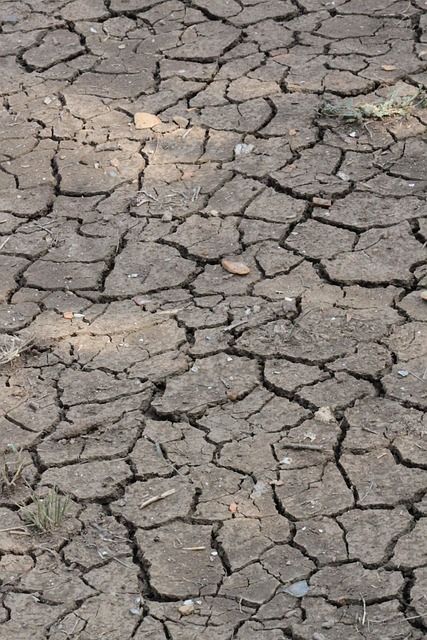
Concrete structures, if left unmaintained, can develop cracks over time, leading to structural weakness and unsightly appearances. Implementing long-term maintenance and prevention strategies is crucial for addressing this issue effectively. Regular inspection is key; periodic visual checks can help identify early signs of cracking before they become significant problems. Addressing these minor cracks promptly with suitable crack repair techniques, such as injection molding or epoxy filling, can prevent further damage and maintain the structural integrity of the concrete.
Additionally, understanding the root causes of cracking is essential for proactive measures. Factors like poor initial construction, excessive thermal expansion, or chemical aggression may contribute to crack formation. Implementing preventative actions like using high-quality concrete, ensuring adequate reinforcement, and choosing suitable mixtures for different environments can mitigate these issues. Proper joint and control crack placement, along with regular sealing and coating, further enhances the durability of concrete structures, reducing the occurrence of cracks in the long term.
